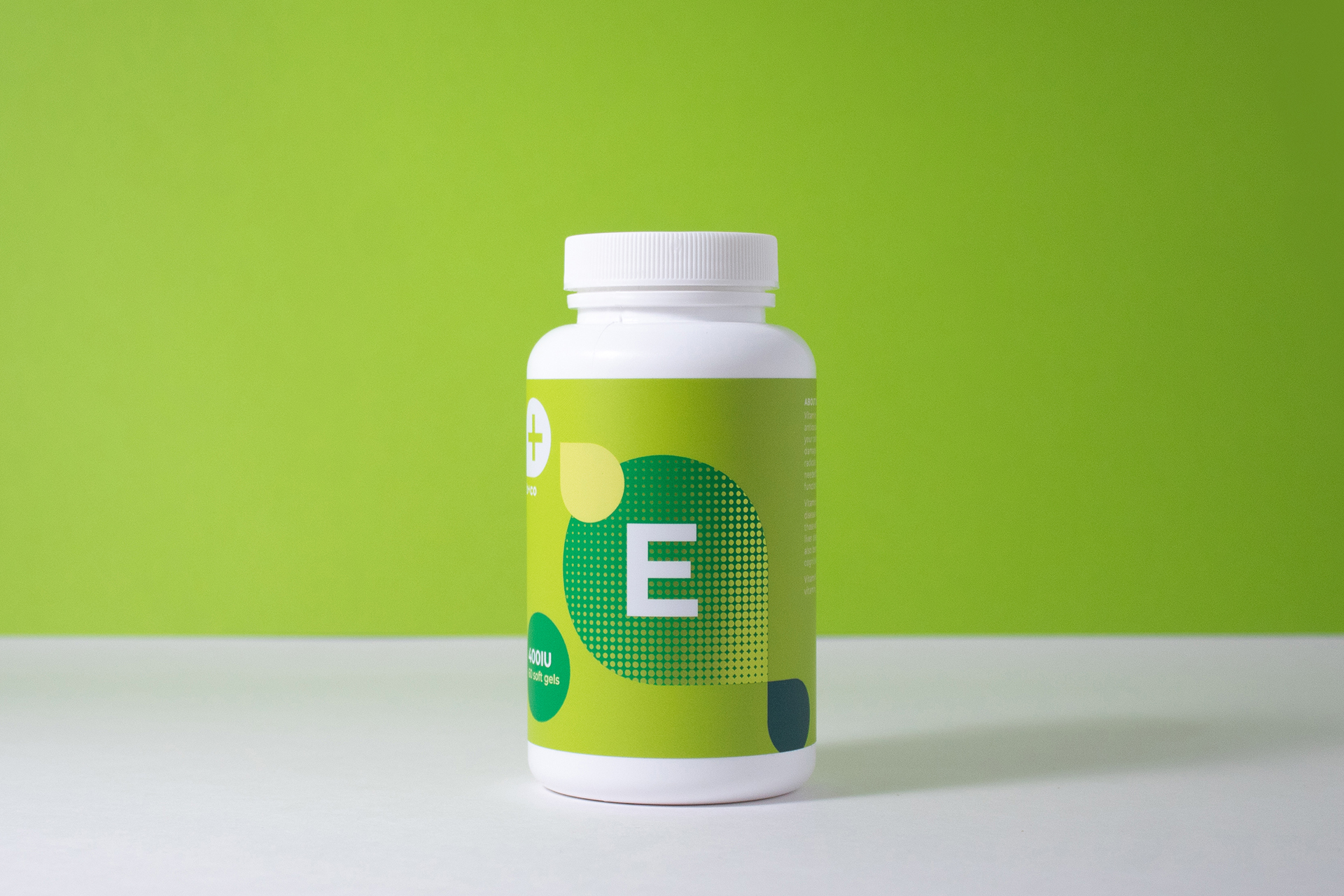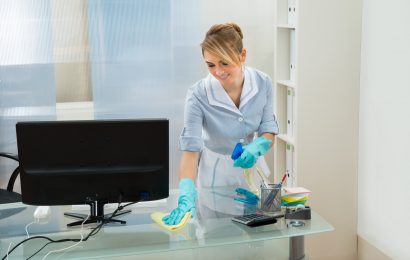
Liquid supplement packaging has undergone significant changes over the past few years. As health and wellness continue to dominate consumer priorities, packaging innovations have adapted to cater to evolving demands. From sustainability concerns to the desire for greater convenience, the way these products are packaged tells a broader story about shifting consumer behaviours and industry practices.
The Influence of Consumer Preferences on Packaging
One of the primary factors driving the evolution of liquid supplement packaging in 2024 is the increased emphasis on consumer preferences. Today’s customers are more informed and selective, seeking products that align not only with their health goals but also their environmental and ethical values. This has led to a surge in demand for packaging solutions that balance functionality with sustainability.
The growth in plant-based and organic supplements is a prime example of this shift. Consumers purchasing these products often look for packaging that reflects the natural and ethical principles of the contents. As a result, recyclable materials, biodegradable options, and minimalistic designs are being prioritised by manufacturers to create a cohesive brand image that resonates with environmentally conscious buyers.
Trends in Liquid Supplement Packaging
In 2024, trends in liquid supplement packaging are shaping the market in distinct ways. The focus has shifted towards creating practical, safe, and appealing packaging options that not only preserve the product’s integrity but also enhance user experience. Innovations in flexible pouches, for example, cater to consumers looking for on-the-go convenience and portion control. These pouches are lightweight, easy to transport, and often come with resealable features, making them ideal for active individuals.
Another trend making waves is the development of tamper-evident closures and improved shelf stability. With supplements containing sensitive ingredients like probiotics and plant extracts gaining popularity, keeping these products potent and uncontaminated is essential. Reliable vitamin packaging solutions help brands incorporate these protective features, providing consumers with confidence and reinforcing trust—two factors that increasingly influence purchasing decisions.
Sustainability: The Game-Changer in 2024
Sustainability has transitioned from being a buzzword to a non-negotiable expectation in liquid supplement packaging. As the world confronts the reality of environmental degradation, manufacturers are seeking ways to reduce their carbon footprint through innovative packaging solutions. This year, several changes are steering the industry towards more eco-friendly practices.
First, the adoption of recycled materials and reduced plastic usage is more prevalent. While glass and metal have traditionally been seen as alternatives, their weight and cost implications have limited widespread use. Instead, manufacturers are turning to plant-based plastics and innovative biodegradable materials. These alternatives provide a similar level of protection for the product without the environmental drawbacks of traditional plastics. Additionally, brands are exploring refillable packaging models, encouraging consumers to reuse containers and cut down on waste.
Secondly, packaging design itself is being reimagined with sustainability in mind. Companies are opting for minimalist designs that use fewer resources and reduce excess packaging. Smaller caps, thinner labels, and compact shapes contribute to a more efficient use of materials, which, in turn, lowers overall environmental impact.

Technological Innovations Shaping the Market
Technological advancements are playing a pivotal role in redefining liquid supplement packaging. Smart packaging, for example, is no longer a futuristic concept but a growing reality in 2024. With the integration of QR codes and RFID (Radio Frequency Identification) tags, consumers can access detailed product information, from ingredient sourcing to recommended dosages, all with a quick scan on their smartphones. This transparency fosters a deeper connection between brands and customers, as it provides clarity and enhances trust.
Another significant technological advancement is in the realm of shelf-life extension. Modified atmosphere packaging (MAP) and advanced sealing technologies are helping to preserve the freshness and potency of liquid supplements. These innovations minimise the need for preservatives and additives, allowing manufacturers to offer products with cleaner labels, a feature that appeals to health-conscious consumers.
Automation is also streamlining the production process, enabling manufacturers to create complex packaging designs with greater efficiency. This not only reduces production costs but also opens up possibilities for customisation. Personalised packaging – whether it’s tailored labels or unique shapes – is becoming more feasible, allowing brands to differentiate themselves in a competitive market.
Shifts in Distribution and Retail
Changes in the way liquid supplements are distributed and sold are also influencing packaging choices. With the rise of e-commerce and direct-to-consumer models, the focus has shifted towards packaging that can withstand the rigours of shipping while maintaining product integrity. This is particularly relevant for liquid supplements, which are more susceptible to leaks and contamination.
To address these concerns, manufacturers are investing in durable, leak-proof designs that can handle the demands of long-distance transportation. Tamper-proof seals and spill-resistant caps are becoming standard features, ensuring that products arrive in perfect condition, whether they’re delivered by mail or bought in-store.
The convenience factor is a key consideration for packaging design in 2024. Single-serve options, pre-measured doses, and easy-pour spouts are being incorporated to cater to consumers’ fast-paced lifestyles. These user-friendly features not only make the consumption of liquid supplements more straightforward but also add an element of sophistication to the product’s presentation.



